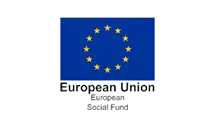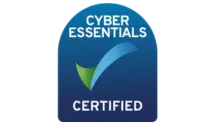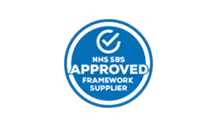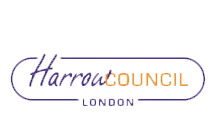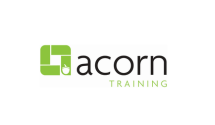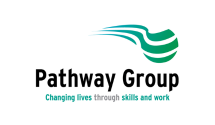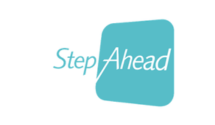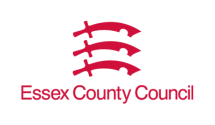In the UK, selling goods, products, or services requires Value-Added Tax (VAT) payment to HMRC. HMRC VAT registration is mandatory for businesses with over £85,000 turnover. This HMRC tax applies to most products and services that a VAT-registered business sells, and consumers pay it finally. VAT-exempted businesses, products or services require no registration.
You are not alone in worried about HMRC VAT return! HMRC VAT payment for companies is typically four times a year. Also, VAT plays around with various deadlines, thresholds, rules, and regulations. Even expert VAT professionals ask for qualified accountants' support for it.
This article will help introduce HMRC VAT. If you want to learn HMRC VAT return preparation properly, you can benefit from the following courses with practical training under our qualified accountants and senior VAT professionals:
- Sage Practical VAT Return Training
- Xero Accounting Software Training Course with VAT
- VAT Return Training with Hands-on Experience
- AAT Level 3 Certificate in Bookkeeping covering VAT
- AAT Level 3 Diploma in Accounting with VAT and Tax Processes for Businesses
- AAT Level 4 Diploma in Professional Accounting covering Business and Personal Tax
How VAT works?
HMRC VAT registration requires when your business turnover reaches £85,000. It means you must then charge VAT on your taxable goods or services. You will utilise the government gateway VAT for your HMRC VAT registration. The VAT calculation will be at a taxable sale percentage, an output tax. If you purchase goods, products, or services from other VAT-registered businesses, you must pay their VAT, an input tax. Using the VAT calculator helps you a lot.
HMRC VAT rate on selling
VAT Gov UK has different rates. The most common rate is standard VAT, chargeable at a rate of 20%. For example, if you sell a taxable product or service for £100, you will charge and add VAT 20% of the sale amount, making it £120 chargeable to the customer. In contrast, you can sell for £100 by paying £20 VAT from your profit, helping your customers to be happy, but making less profit.
When does your business require HMRC VAT registration?
HMRC VAT registration becomes compulsory when your business turnover exceeds the current £85,000 threshold. It applies to all sole traders, partnerships, and limited companies for HMRC VAT payment. Hence, reaching the threshold limit means it is time to obtain your HMRC VAT registration. Also, HMRC appreciates your volunteer VAT registration if your turnover is lesser than £85,000.
How will you register for HMRC VAT?
You can register online for your business VAT. HMRC VAT registration will create your VAT online account, known as a Government Gateway VAT. It provides your 9-digit VAT number, enabling you to submit your VAT return online to HMRC. Using a VAT return online facility is the best. However, you can register by post by filling out HMRC forms VAT1A or VAT1B or VAT1C.
Preparing and submitting your HMRC VAT return
You will calculate how much input tax you have paid to your suppliers and subtract it from the output tax you collected from your customers, such as:
- You can reclaim the difference by paying more tax to suppliers than you collect from customers.
- You will pay the difference amount to HMRC if you collect more than the suppliers.
Further, you will send this information to HMRC every three months on your accounting period basis. Alternatively, you can register for the HMRC flat rate scheme if your VAT taxable turnover remains below £150,000. The system allows you to pay HMRC a fixed percentage rather than the output minus input calculation. Utilising the VAT Calculator online tool works best.
What are the VAT invoices?
A VAT invoice is a bill a business issues with or reclaims its VAT that the supplier charges them. The following significant points about VAT invoices include:
- Your business must be VAT-registered
- You can only issue VAT invoices to VAT-registered businesses
Fully HMRC-compliant invoices must contain information like the following:
- Business name and registered address
- Your VAT number for HMRC VAT payment
- Your customer's name and address
- Unique invoice number
- Invoice issue and supply date
- Description of product, goods or services
- Items quantity
- Item price (excluding VAT)
- Items' VAT rate for HMRC VAT payment
- Discounts, if any
- Total amount (excluding VAT)
- The total sum of VAT due
What are the new Post-Brexit VAT rules and Postponed VAT?
From 1st January 2021, VAT-registered businesses can use "postponed VAT", the VAT Gov UK system, to import items from worldwide after Brexit. Postponed VAT is for registered companies to account for import VAT on their VAT return. They do not need to pay at the time of their goods' arrival at the UK border. Also, the system helps negate importing goods' impact on a business's cash flow.
Our VAT compliance services for businesses
Alongside VAT return training, we also offer VAT compliance services. It includes ever-changing VAT laws and the growing VAT compliance requirements, a complex administrative process. We ensure no overpayments and regulations compliance, providing efficient and cost-effective services.


